The rifle shot echoed through the tall pine trees of the Kisatchie National Forest, a shot that killed the last buffalo in Louisiana. That buffalo, the commonly misused name for an American bison, was the last of a herd that routinely migrated from the Great Plains across the Sabine River into western Louisiana.
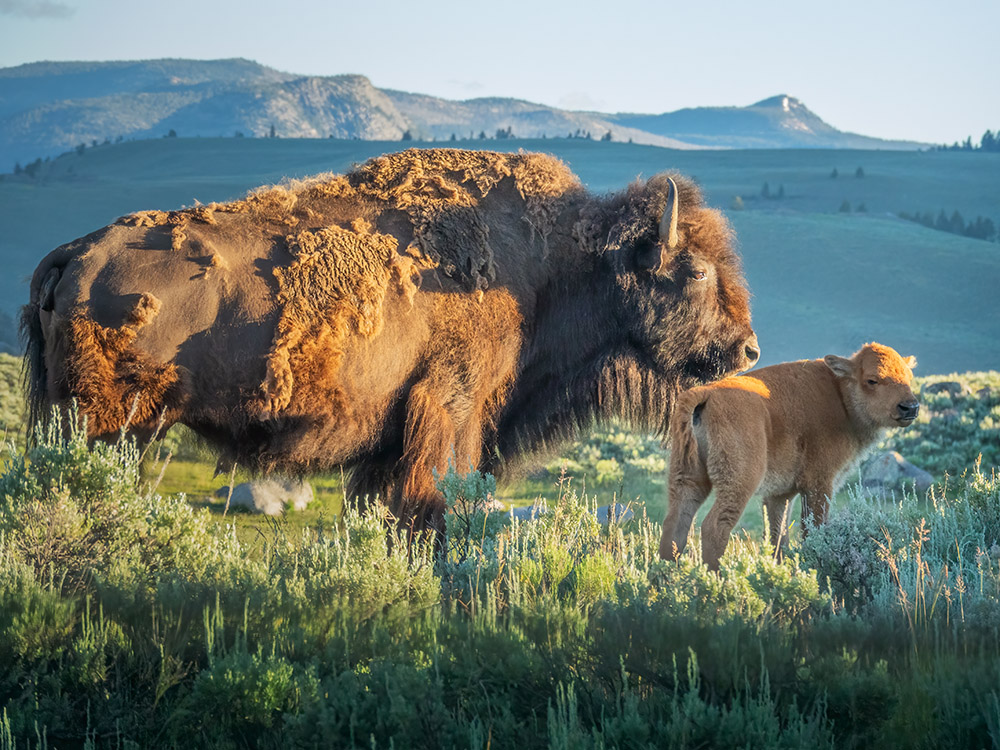
Anyone who has visited Wyoming’s Yellowstone National Park has likely seen herds of bison roaming the grasslands of the park surrounded by distant mountains. It’s hard to imagine that herds of these large and powerful animals once grazed the forests and pastures of western Louisiana in a wilderness that is now the Kisatchie National Forest. But that was the scene in the mid-1800’s until a man names L. C. Curbey shot and killed the last buffalo in Louisiana.
louisiana’s last buffalo hunter
Local writer and historian Rickey Robertson takes me down a gravel road in the Peason Ridge area of the Kisatchie National forest. The gravel road cuts a winding path through the gently rolling hills of pine trees. Robertson’s family has lived in this area for generations, and that’s how he learned about L. C. Curbey, the last buffalo hunter in Louisiana. Robertson stops his pickup truck near a small cemetery sign placed along the roadside by the U.S. Forest Service.
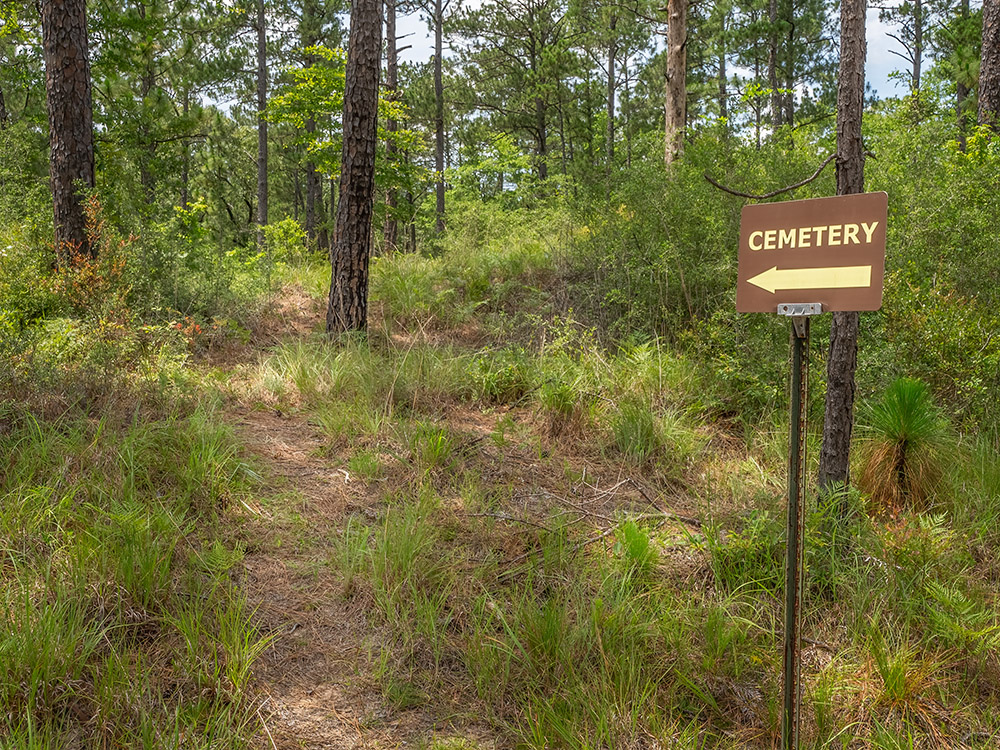
We walk a short trail to the top of a small hill as Robertson tells me he first heard the story of the last buffalo in Louisiana from his grandfather. “Grandpaw brought me over here and I’ve been back hundreds of times,” Robertson says. “It’s a special piece of Louisiana history right here.”
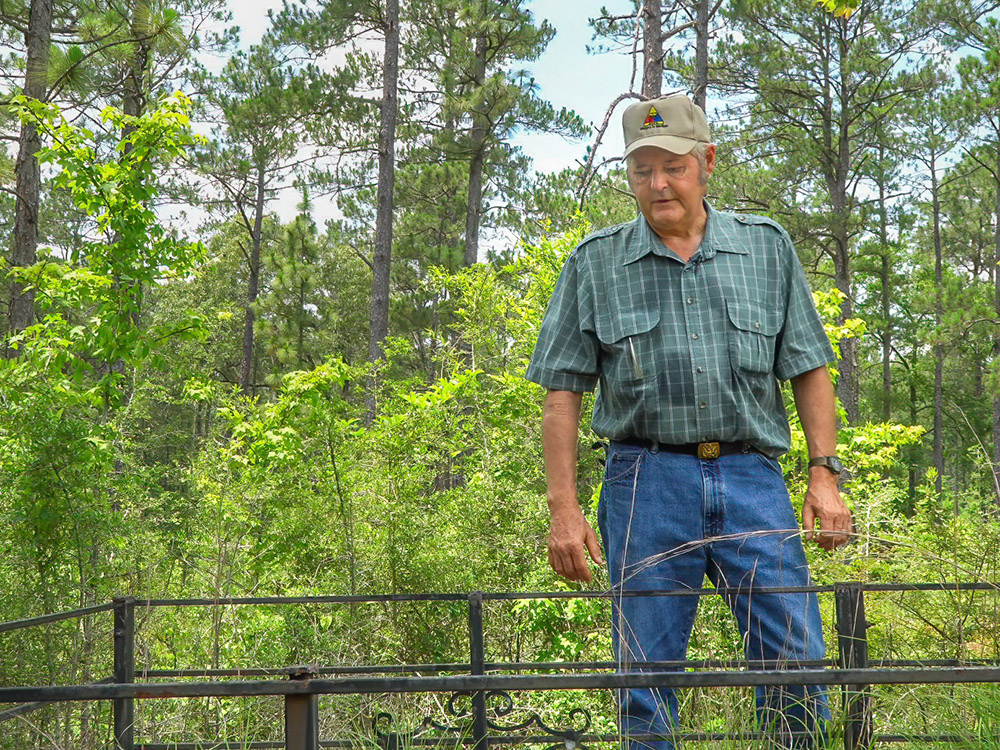
The man who killed the last buffalo in louisiana
According to Robertson, L. C. Curbey was one of the original homesteaders in this remote area of Louisiana. “He was a subsistence farmer and what he could grow here is what he and his family lived off of,” says Robertson. And for meat, Curbey hunted buffalo when the animals migrated to Louisiana during the winter. As hunters across the Great Plains killed off most of the bison, their numbers dwindled in Louisiana. And one day in the early 1870s, Curbey shot and killed the last buffalo in Louisiana. “There was never another buffalo seen or known to be in this part of Louisiana,” Robertson says. “He killed the very last one.”
The buffalo hunter’s dying wish
According to the story that’s been past down for a few generations, L. C. Curbey had so much respect for the buffalo that he wanted to be buried on the spot where he killed the last one. And that’s what happened. A sandstone rock marks Curbey’s grave, with the hand-written inscription that reads, “Memory of L. C. Curbey”.
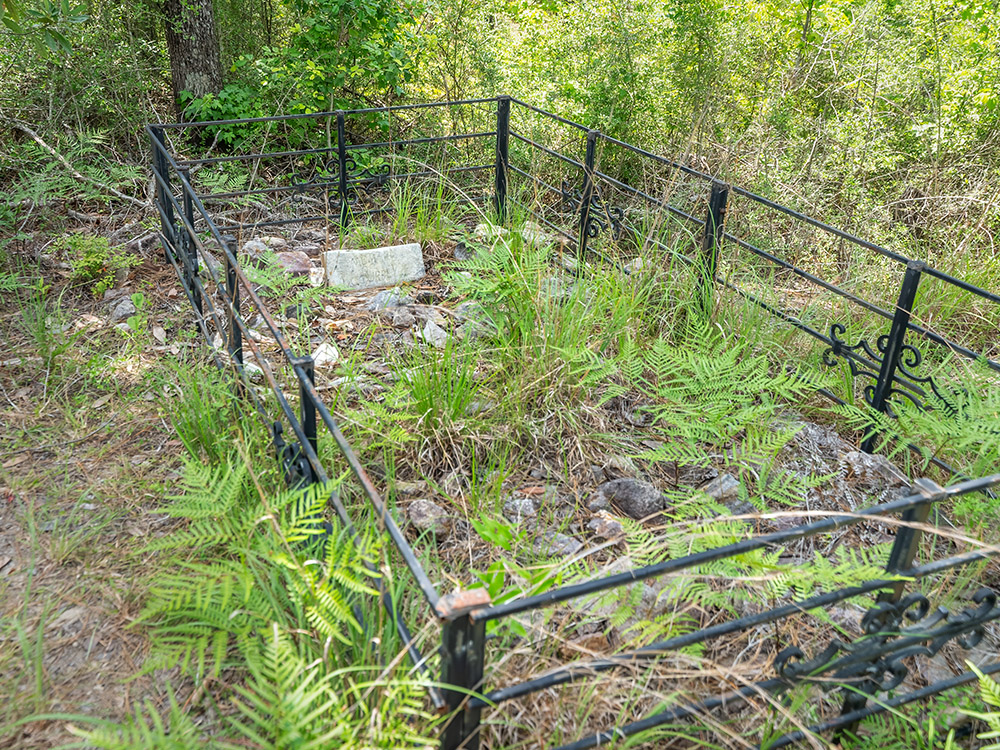
Robertson says that Luke C. Curbey died in 1897 and his cause of death was reported as rheumatism.
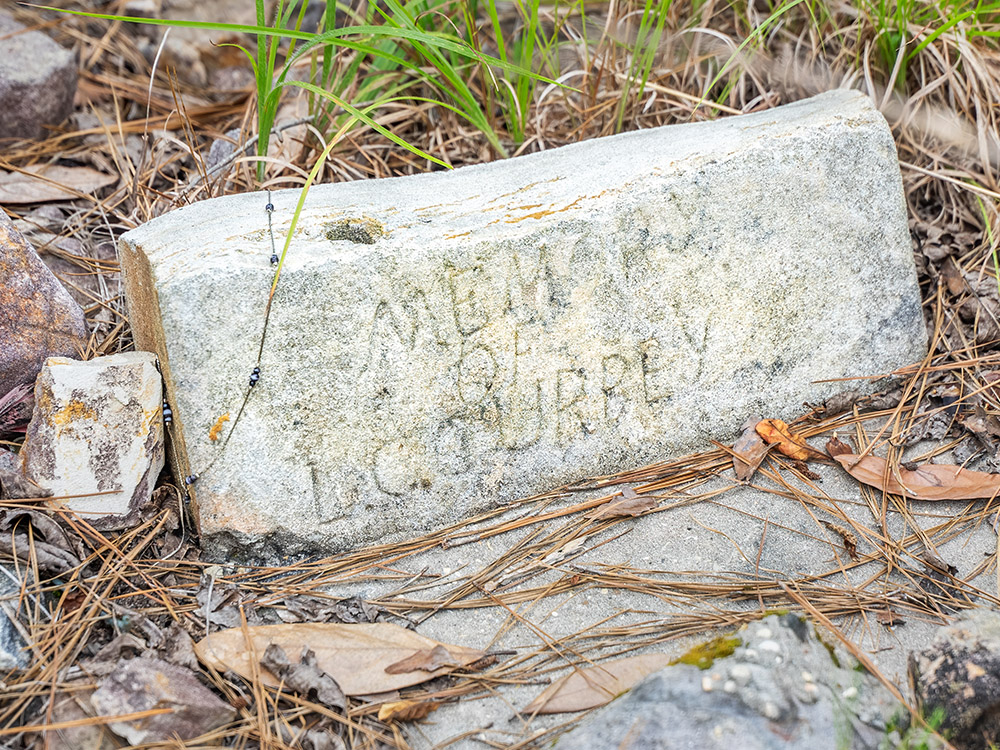
gravesite overlooks a ‘buffalo run’
There is an area of depressed ground below the Curbey gravesite that Robertson says is a “buffalo run”. “This is probably three or four buffalo wide,” Robertson explains, adding that “hundreds and hundreds of buffalo would travel through here. It’s almost like somebody getting a tractor and a plow.” Robertson says that Curbey would have been standing on a high point, now his gravesite, looking down at the path traveled by the buffalo.
tv feature on louisiana’s last buffalo
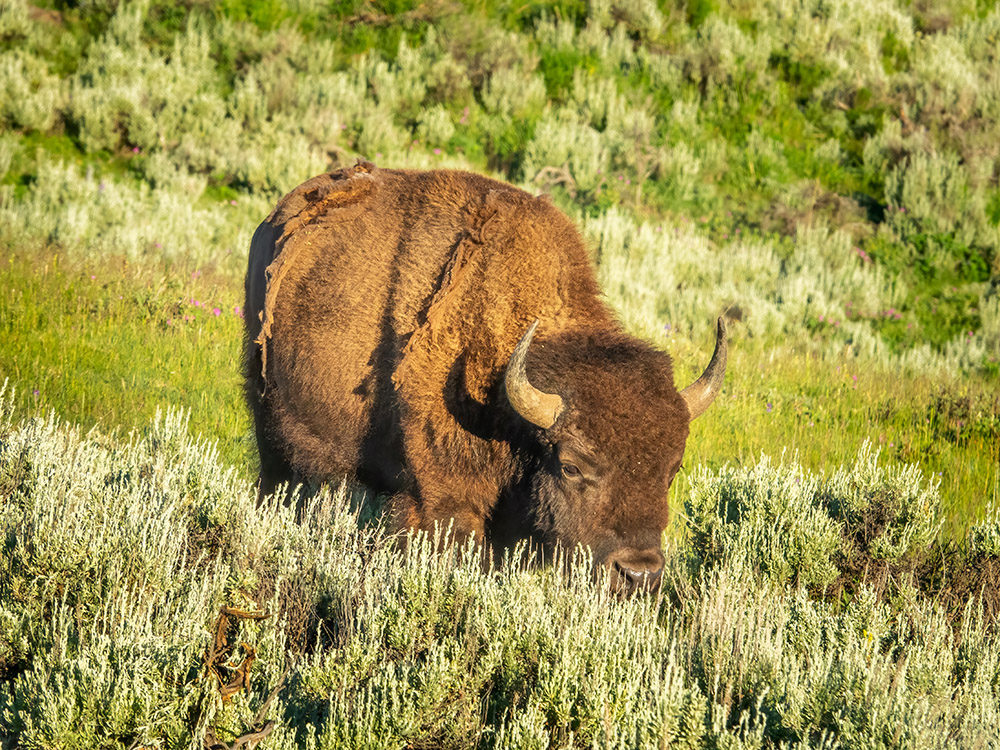

site of the last buffalo in louisiana
The Curbey Grave is located in the Peason Ridge area of Louisiana’s Kisatchie National Forest. About two miles south of the Dogwood Campground, turn west on the gravel Forest Service Road 350. Travel approximately 3 miles and look carefully for the brown cemetery sign on the right (north) side of the road.
Provencal, LA 71468

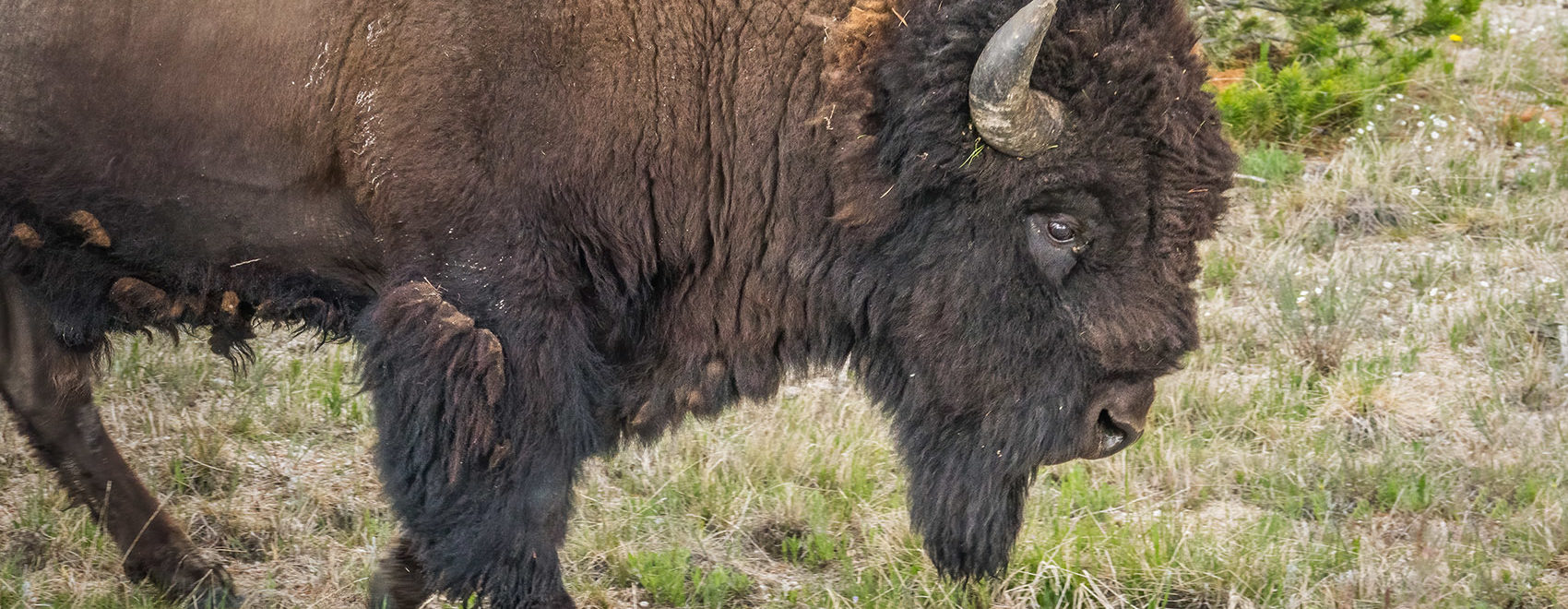
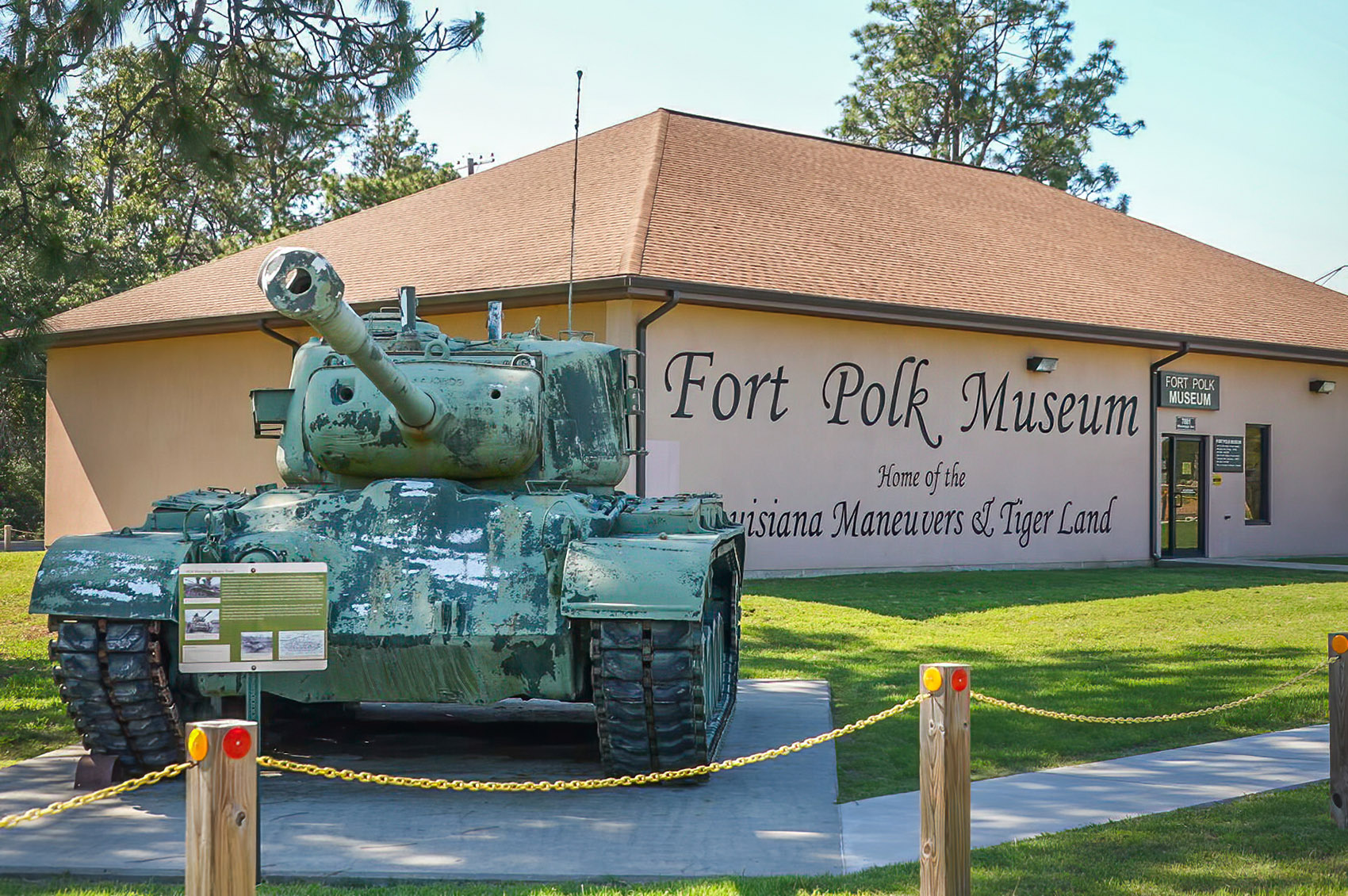
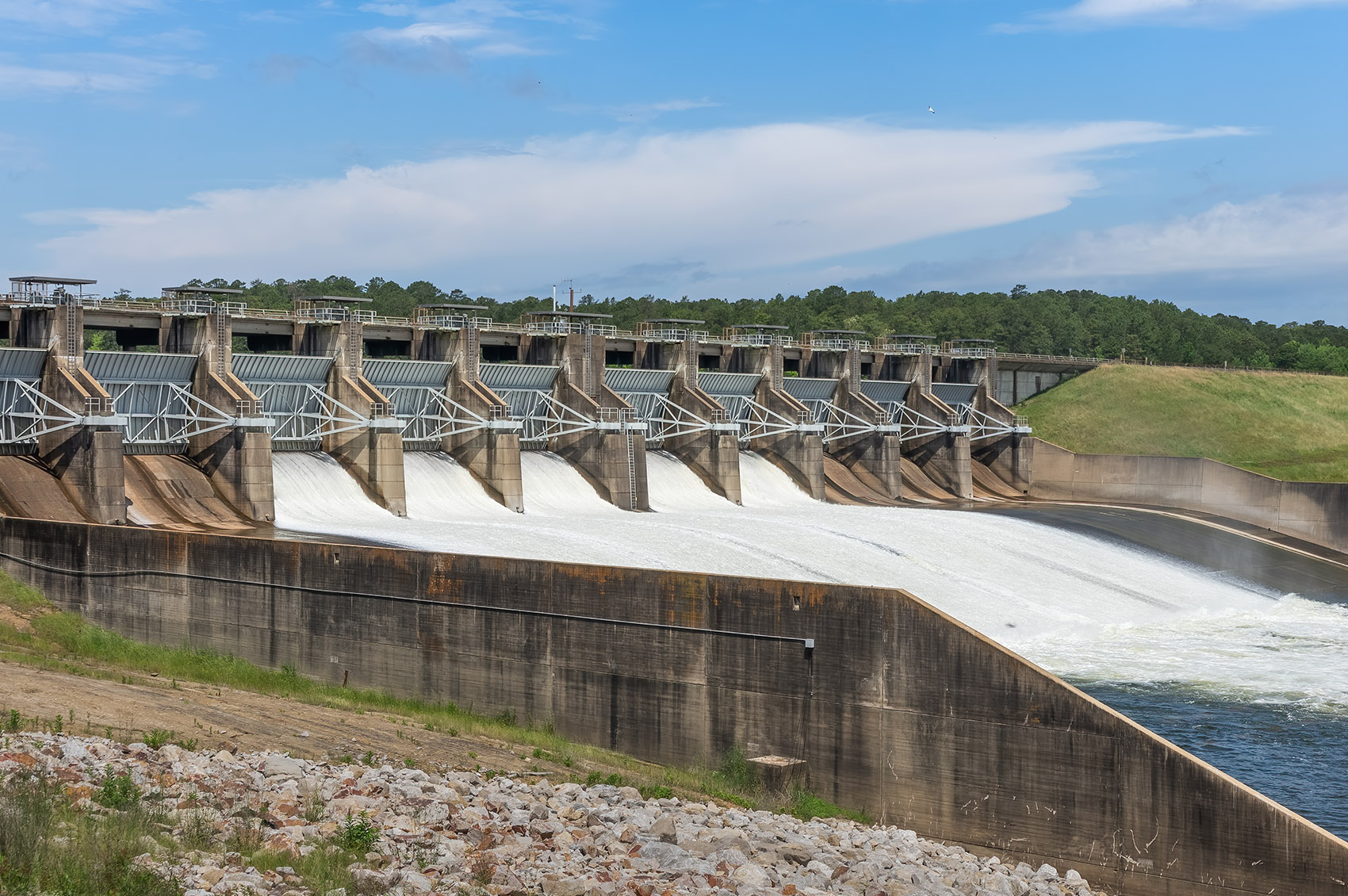
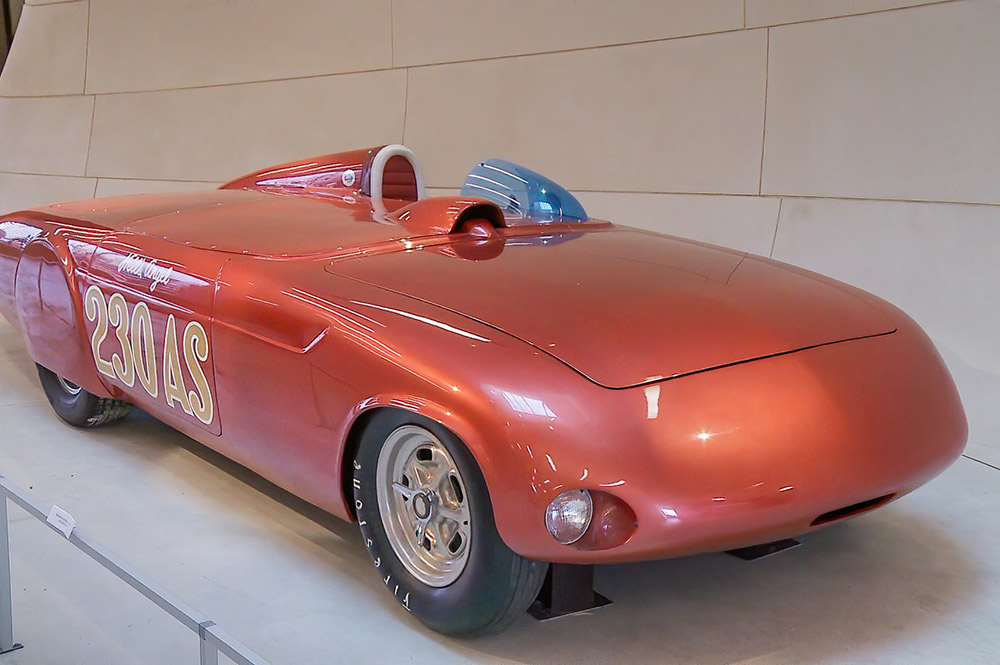
William Jenkins
I live in the area and find all this local History fascinating, thanks to Rickey Robertson for keeping history alive for those of us to whom it matters.
Johnny
very interesting
Rita Massey Byerley
L C Curby’s daughter,Eudora, married my grandfather, PPoole Massey. That would make LC Curby my great grandfather. Wondering if anyone in that area had more info on him? My 5 brothers (Massey) made the black iron fence many years back. Actually the grave was a little further back in the woods remembering it from the 1960’s. Thanks byerleyrita@gmail.com